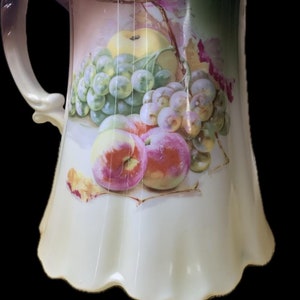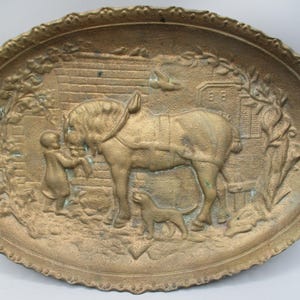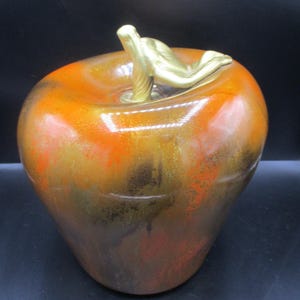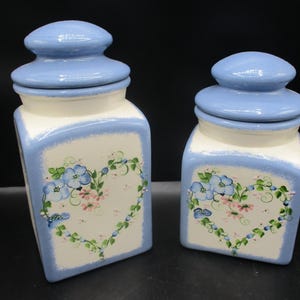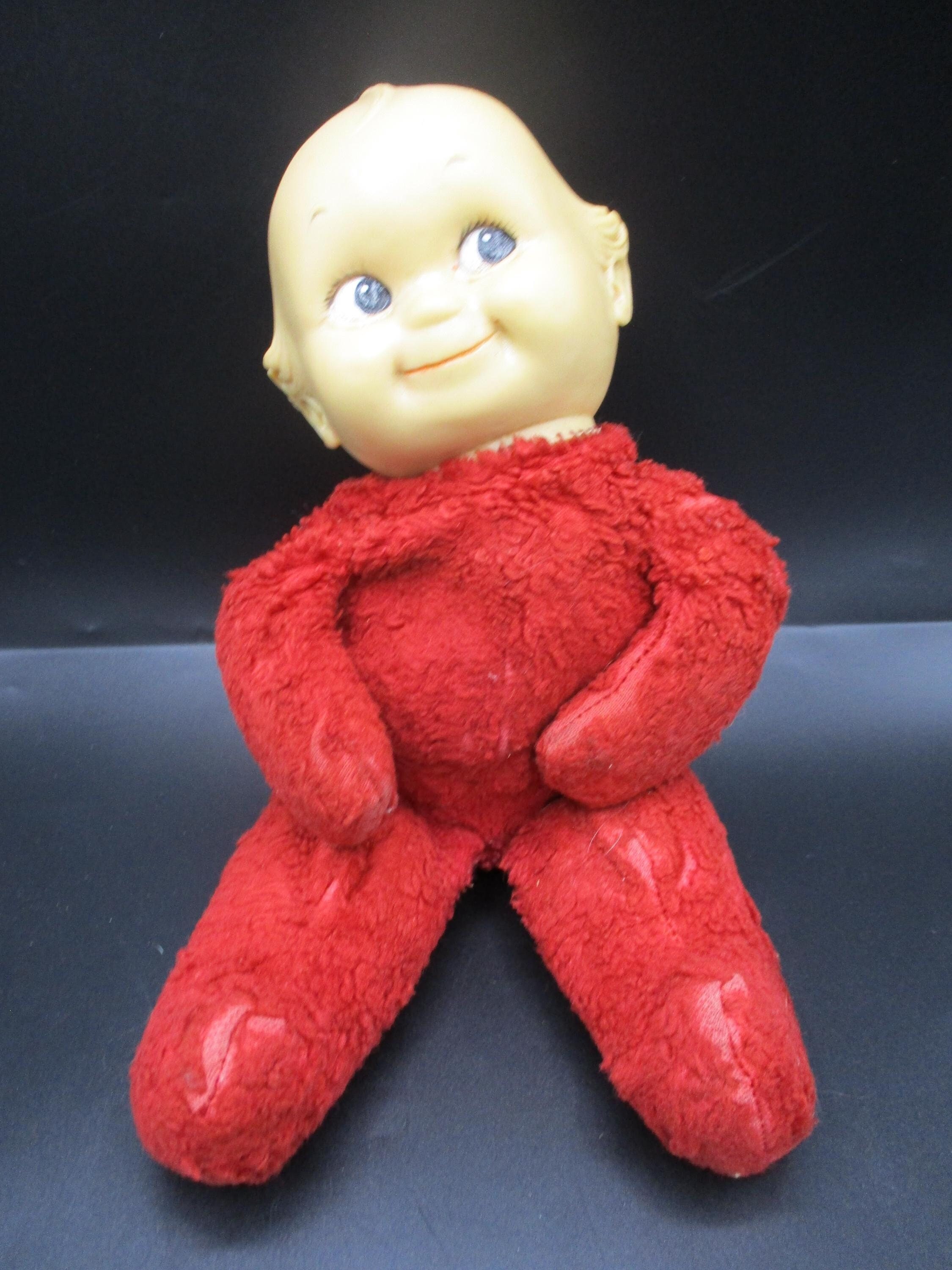
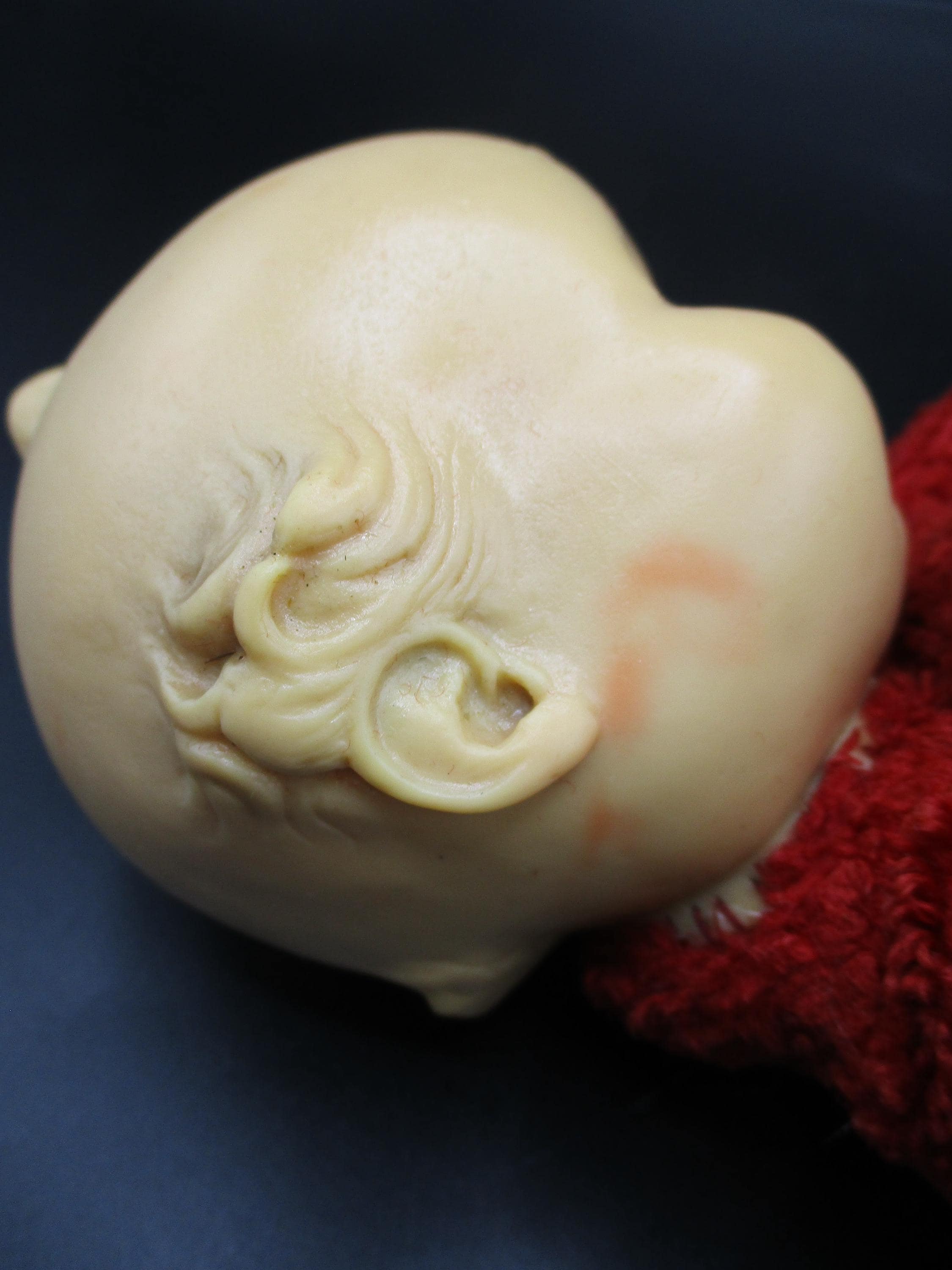
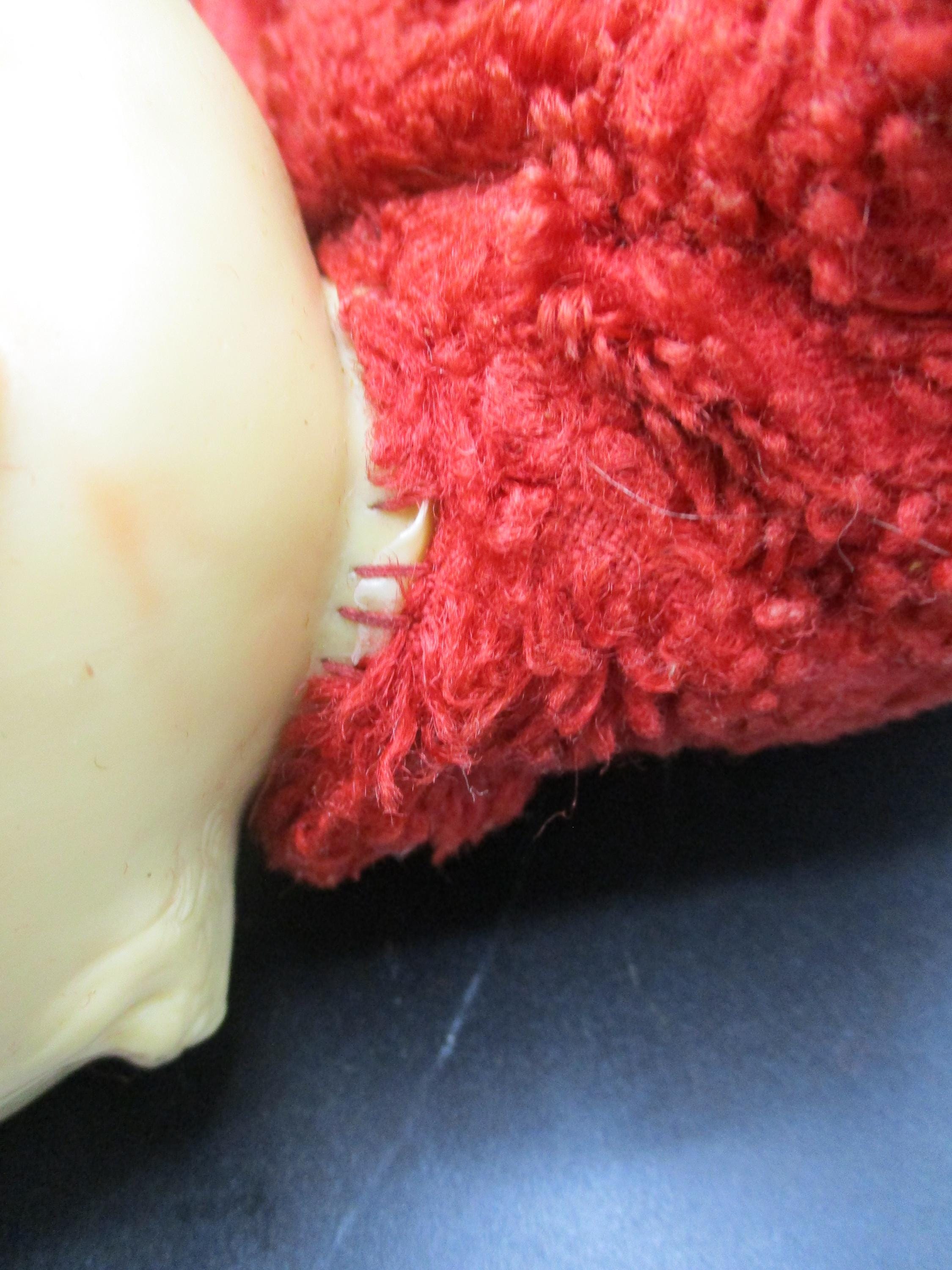
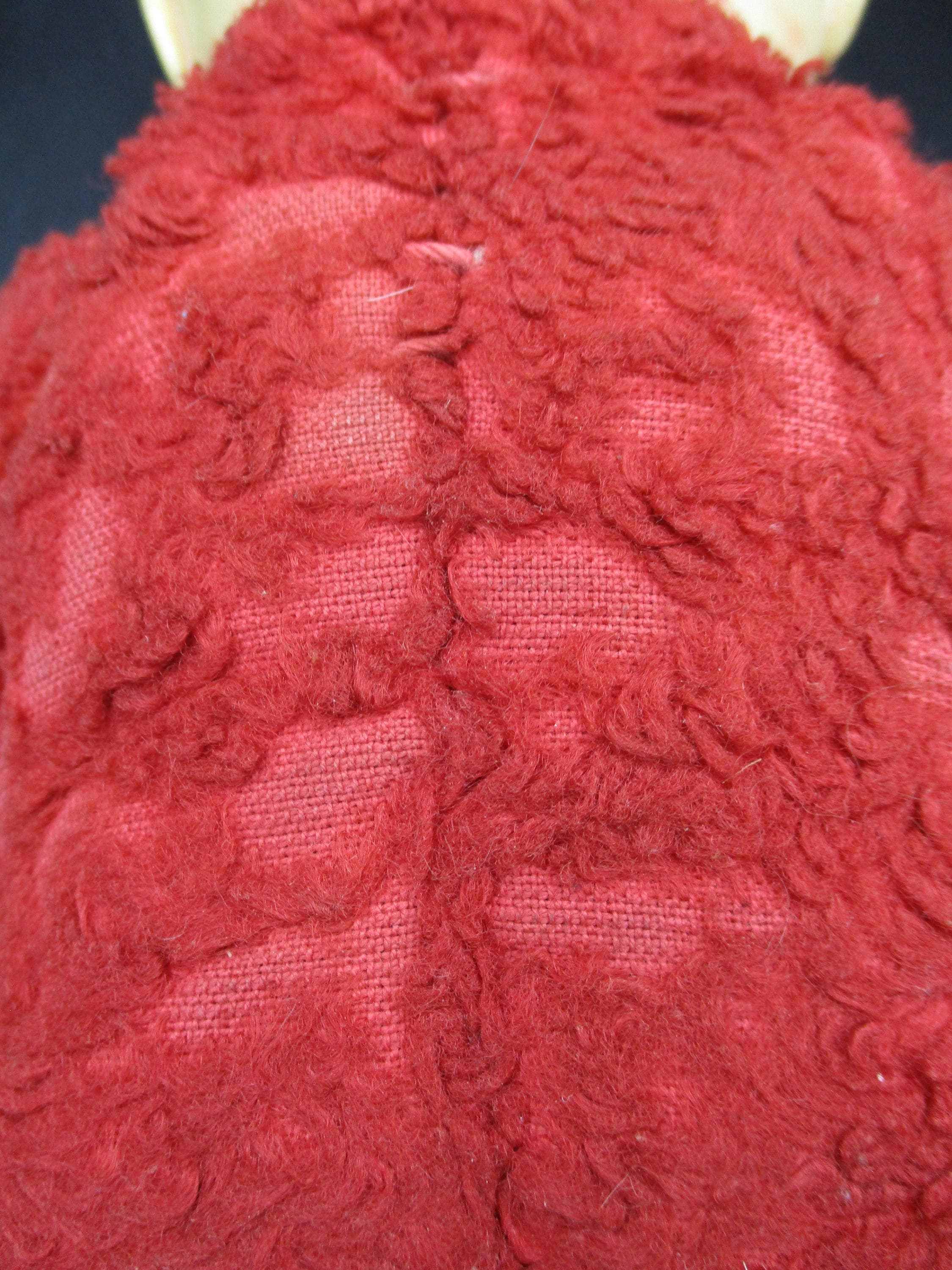

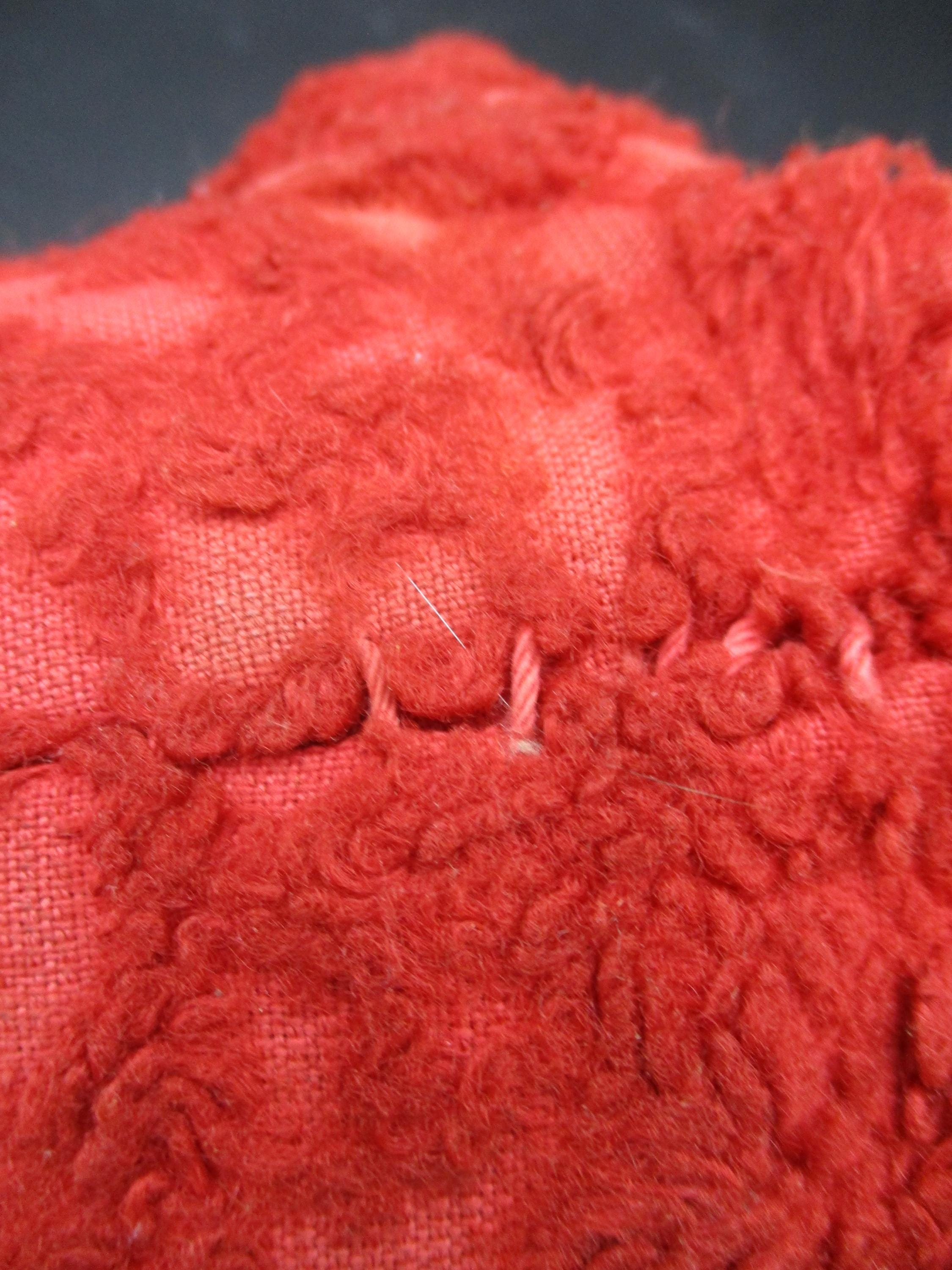

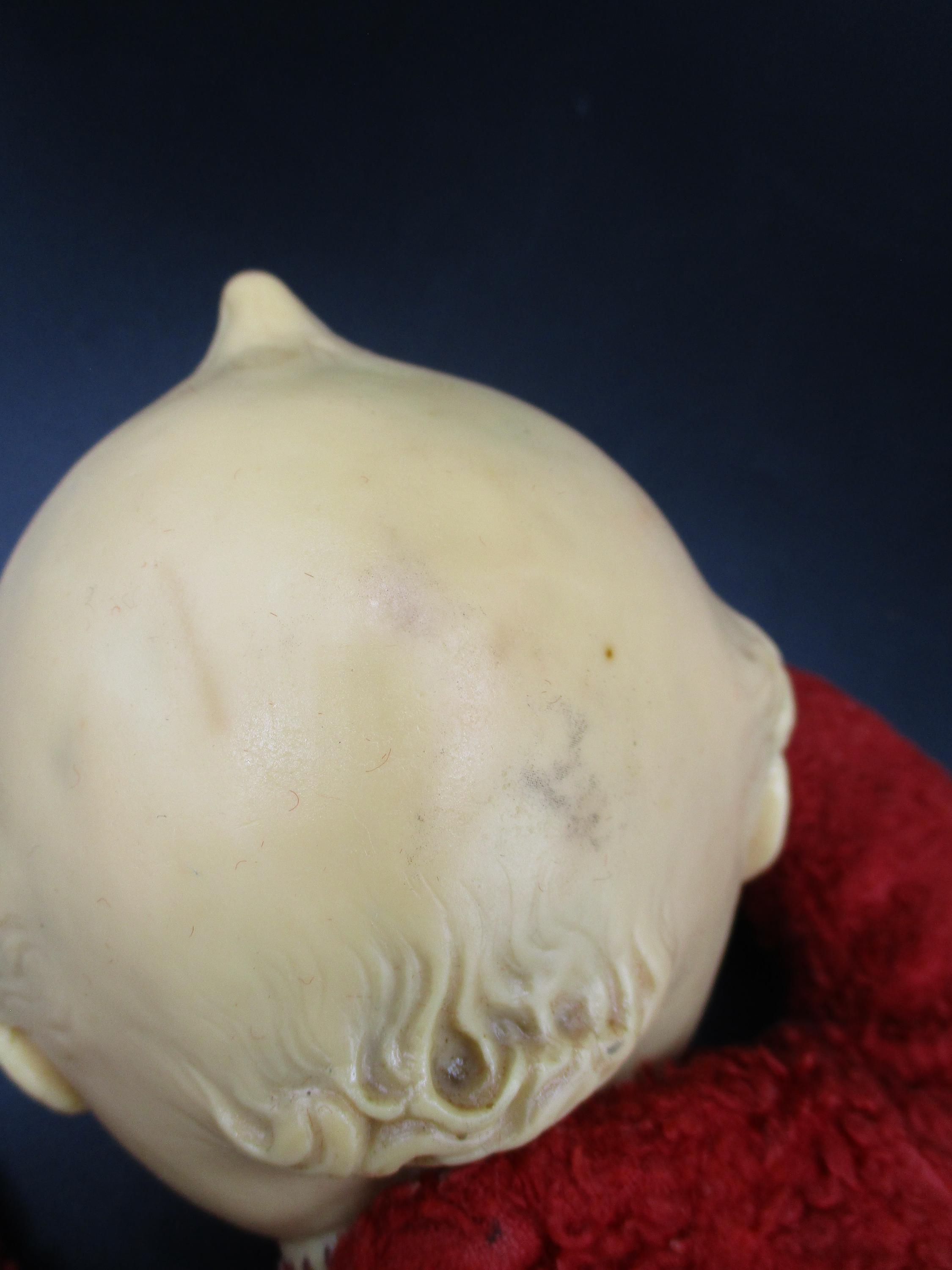

Rare Collectibles
1930-1939 Kewpie With Red Jumper-USA
$200.00
-
DetailsAuthenticated and is real....this Kewpie Doll is the celluloid soft body and hand-stitched with the red jumper and no hoodie. This is the 12" doll that was given out at carnivals as prizes in the 1930's.
Condition is good, a few blemish markings on head (see photo). Jumper has no tears and the embroidery is in good condition.
RARE ITEM!
Kewpie is a brand of dolls and figurines that were conceived as comic strip characters by cartoonist Rose O'Neill. The illustrated cartoons, appearing as baby cupid characters, began to gain popularity after the publication of O'Neill's comic strips in 1909, and O'Neill began to illustrate and sell paper doll versions of the Kewpies. The characters were first produced as bisque dolls in Waltershausen, Germany, beginning in 1912, and became extremely popular in the early 20th century.
The Kewpie dolls were initially made out of bisque exclusively, but composition versions were introduced in the 1920's, and celluloid versions were manufactured in the following decades. In 1949, Effanbee created the first hard plastic versions of the dolls, and soft rubber and vinyl versions were produced by Cameo Co. and Jesco between the 1960's and 1990's.
The earlier bisque and composition versions of Kewpie dolls are widely sought-after by antique and doll collectors, who especially want those hand-signed by O'Neill. Kewpies should not be confused with the baby-like Billiken figures that debuted in 1908.
Rose O'Neill, a Nebraska native who had worked as a writer and illustrator in New York City, initially conceptualized the Kewpie as a cartoon intended for a comic strip in 1909. According to O'Neill, the idea for the Kewpies came to her in a dream. The comic, featuring the cherub-faced characters, was first printed in Ladies' Home Journal in the December 1909 issue. O'Neill described the characters as "a sort of little round fairy whose one idea is to teach people to be merry and kind at the same time. The name Kewpies is derived from Cupid, the Roman god of erotic love. After the characters gained popularity among both adults and children, O'Neill began illustrating paper dolls of them, called Kewpie Kutouts.
O'Neill produced a Sunday comic strip for newspapers starting December 2, 1917, syndicated by the McClure Syndicate. The strip ended nine months later, on July 28, 1918. She produced a second Sunday strip starting November 25, 1934, and that version lasted until February 6, 1937.
German bisque: 1912–1915
Kewpies in a Jell-O newspaper ad from 1915
As demand for the Kewpie characters increased, Geo. Borgfeldt & Co. in New York contacted O'Neill in 1912 about developing a line of dolls and figurines. O'Neill agreed, and J.D. Kestner, a German toy company located in Waltershausen, set forth to manufacture small bisque dolls of the Kewpies. After the company manufactured the first run of dolls, they sent samples to O'Neill, who disapproved of the design because she felt they "did not look like her characters."
O'Neill traveled to Germany and had the company destroy the molds of the dolls, and oversaw the final redesign of them, working with a 17-year-old art student named Joseph Kallus. The dolls were then released in nine different sizes, ranging from 1 to 12 inches (25–305 mm) in height. These early Kewpies wore a heart-shaped decal on their chests, which read "Kewpie, Germany", and some had jointed arms. Many of these original German Kewpies were signed by O'Neill herself, and some were featured in various poses.
The small dolls became an international hit, and by 1914, O'Neill had become the highest-paid female illustrator in the country, garnering a small fortune from the wild popularity of the dolls. The Kewpie brand soon became a household name, and was used widely in product advertising, including promotion for Jell-O, Colgate, Kellogg's Corn Flakes, and Sears. The Kewpies also appeared as a brand on a multitude of household items and other memorabilia, such as dishware, rattles, soap, pepper shakers, coloring books, poetry collections, and stationery.
O'Neill also famously used the characters to promote the women's suffrage movement, using the illustrations in slogans and cartoons.
Composition and celluloid made: 1916–1930's
Kewpie mayonnaise from Japan
After World War I began in Europe, production of the bisque Kewpie dolls moved from Germany to France and Belgium, due to rising tensions after the assassination of Archduke Franz Ferdinand. Around this time, the dolls also began to be produced in the United States, made of composition material rather than bisque, due to bisque's fragility. The manufacturers also began to increase the sizes of the dolls, producing 22-inch (560 mm) versions in addition to the 12-inch (300 mm) versions. The American composition dolls also had the distinctive heart-shaped decal on the chest, reading "Kewpies, des. & copyright by Rose O'Neill." Like the original bisque models, some of the composition Kewpies were also hand-signed by O'Neill, and they all included jointed arms.
In the mid-1920's, small-sized celluloid versions of Kewpies appeared, and were often given out as prizes at carnivals. Many of the celluloid versions were mainly manufactured in Japan, unlicensed, and were of a lower quality than other Kewpies. During this time, many Kewpies were sold with clothing, as well.
Later models: 1944–present
As photographs became more commonplace in advertising, the prominence of Kewpies in the marketing circuit began to wane. O'Neill returned to Missouri, where she died purportedly impoverished of complications from a series of strokes in 1944. Despite the lessening in popularity, Kewpies continued to be manufactured for the majority of the century, including hard plastic versions, as well as all-bisque replicas of the original Kewpies, produced by Jesco and Cameo Co. in the 1960's until the 1990's. These reproduction Kewpies lack the heart-shaped decal that distinguishes the original, older versions.
ETSY INTELLECTUAL PROPERTY POLICY
As a venue for artists, designers, and makers, Etsy takes intellectual property rights very seriously. We comply with intellectual property laws and industry best practices in order to maintain the integrity of our creative marketplace. This Intellectual Property Policy explains how we address allegations of infringement, how authorized parties can submit reports of infringement regarding content on our marketplace, and how Etsy sellers can respond when their listings or shops are affected by a report.
ANY COPY AND PASTING OR PLAGIARIZING OF MATERIAL
ON MEMORYLANEVINTIQUES IS SUBJECT TO ETSY INVESTIGATION AND PENALTIES!
MemoryLaneVintiques researches also protect our shop from Intellectual Property Theft by researching for violators of our material. Be respectful!
Chad & Jennifer Johnston (August 2024)
